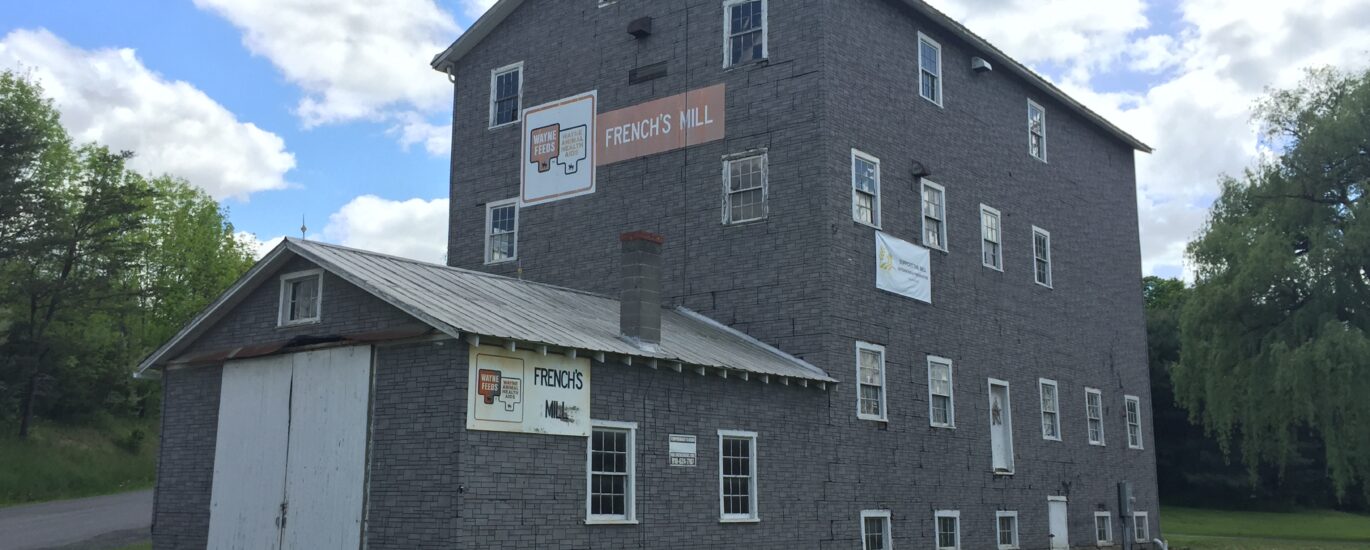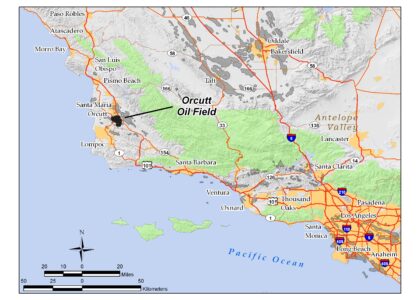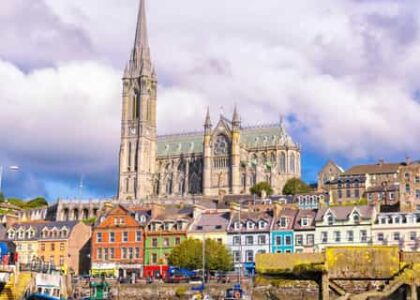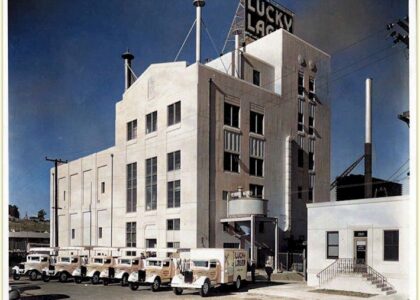Welcome to French’s Mill, a testament to the industrious spirit of early 20th-century America. Nestled at the junction of Augusta-Ford Hill and Fairground Roads in Augusta, West Virginia, this historic grist mill stands as a reminder of the region’s rich agricultural history. Built in 1911 on the ashes of a previous mill lost to fire, French’s Mill was more than just a building—it was the heart of the community, transforming local grain into flour, a staple of every household.
Originally powered by water, which was a common practice that harnessed natural resources to drive industrial growth, the mill was converted to electric power in 1949, reflecting the technological advancements of its time. This change marked a significant evolution, allowing French’s Mill to adapt and thrive through the mid-20th century. By accommodating different types of grain, the mill illustrated the broader industrial shifts occurring in America, where adaptability was key to survival.
The mill’s operations ceased in 2000, but its story was far from over. In 2014, French’s Mill was officially recognized for its historical significance and was listed on the National Register of Historic Places. Today, under the care of the Croucher family, this iconic structure is being lovingly renovated. Plans are underway to transform French’s Mill into a cultural hub with an art gallery on the first floor, a model train exhibit on the second floor, and a wildlife collection on the third, preserving its legacy while creating new stories.
The Croucher family also operates an on-site thrift store, with all proceeds supporting the mill’s ongoing restoration. This initiative not only aims to restore a piece of history but also to provide a space for community engagement and education, ensuring that future generations can appreciate the mill’s historical and cultural significance.
So, as you stand before French’s Mill, imagine the sound of grinding stones, the hum of electric machinery, and the bustling activity of a bygone era. This mill is not just a relic of the past but a bridge to the future, a place where history and community come together.






